全館即時榜
-
- 特價
鴨子家的大頭菜(附英文故事音檔QR Code)【蔬果系列食育繪本:大頭菜】
-
NT$400NT$316
-
- 特價
受保護的內容: 訂閱《經典雜誌》一年12 期+3期(菁英訂戶訂購方案)
-
NT$2,640NT$2,000
-
- 特價
吵什麼炒栗子(附英文故事音檔QR Code)【蔬果系列食育繪本:栗子】
-
NT$400NT$360
-
- 特價
出世心,入世行 ——靜思精舍的日常
-
NT$360NT$324
編輯推薦
Miracle Recovery of Brain Injury: Dr. Shinn-Zong Lin and His Patients
NT$300 NT$270
Superintendent Shinn-Zong Lin explained through various cases and touching stories—
Hualien Tzu Chi Hospital provides various treatments that are helpful to brain injury patients.
Patients who cannot wake up should be allowed to wake up, and patients who cannot stand up should be allowed to stand up;
The key point is to restore the patient’s good quality of life, Be able to take care of themselves and regain the dignity of life!
Narrator-Shinn-Zong Lin M.D. Author-Cindy Tu
Translator – Yau-Yang, Tang
ISBN:978-626-7205-98-3
2024.09初版/160頁/15x21x1.12cm/單色印刷/平裝
已售完
描述
Superintendent Shinn-Zong Lin explained through various cases and touching stories—
Hualien Tzu Chi Hospital provides various treatments that are helpful to brain injury patients.
Patients who cannot wake up should be allowed to wake up, and patients who cannot stand up should be allowed to stand up;
The key point is to restore the patient’s good quality of life, Be able to take care of themselves and regain the dignity of life!
Table of Contents
Foreword: A Beacon of Hope for the Sick / Shi Cheng Yen
Chapter 1: The Frontal Lobe
When 90 Minutes Become 10
The Thousand-Pound Legs
This Is a Good Tumor
How to Tie My Hair?
The Ophthalmologist Treated via Compassionate Use
The Luck that Dovetails Six Times
Chapter 2: The Parietal Lobe
An Abscess Mistaken for a Tumor
Two Fingers Frozen Forever
Chapter 3: The Basal Nucleus
Waiting For You to Sing With Me Again
Chapter 4: Temporal Lobe
When a Grandson Becomes a Son
The Teacher Who Can’t Find the Answers
Chapter5: The Pituitary Gland
Those Smiling Eyes
Why Am I Here?
Foreword:
A Beacon of Hope for the Sick
By Shih Cheng Yen
It has only been two years since the publication of his first book, Over the Mountains, and Superintendent Lin is now about to publish his second book, Miracle Recovery of Brain Injury: Dr. Lin Shinn-Zong and His Patients, a book written for patients suffering from microcephaly or diseases in their frontal lobe, parietal lobe, basal nucleus, temporal lobe, pituitary gland, occipital lobe, or brainstem. The book chronicles the treatment of 13 of his patients who had illnesses in different parts of the brain to illustrate the function of brain tissue. Although a story book, it nonetheless shows how Superintendent Lin, a benevolent physician, rescues patients from the jaws of death in his tug of war with their brain diseases. In this book, the readers can witness the infinite possibilities of modern medicine.
Not just brilliant, Superintendent Lin is also ambitious, and he tackles the most difficulty brain pathologies, especially Parkinson’s disease and ALS because, once the patient contracts the disease, their body function begins to deteriorate and eventually they even lose the dignity of being able to command their own physical bodies. He is active in international medical conferences, he diligently studies medical literature, and he draws on the strengths of others as he strives to find a breakthrough for patients.
If Superintendent Lin works hard to enrich himself as a physician, he works even harder to bring up younger generations of physicians. He has often taught his best techniques to others, and he has not stopped in learning new ones himself. Superintendent Lin never gives up easily when he is fighting against the most complicated, most cunning, and most difficult diseases. The slightest improvements in his patients can boost his morale enough to keep him fighting on behalf of the patients.
For example, in Miracle Recovery of Brain Injury: Dr. Lin Shinn-Zong and His Patients, Superintendent Lin mentions that in 2006 he injected autologous peripheral blood stem cells into stroke patients, which was the first such treatment in the world. He and his team were thrilled and gratified to prove the treatment effective.
Under traditional medicine, hemorrhagic stroke patients have had few active medical treatment options available to them, so most of them could only engage in rehabilitation. However, at Hualien Tzu Chi Hospital, physicians have already begun trying the G-CSF endogenous stem cell therapy to find a path to survival for the patients. Endogenous stem cell therapy could help patients rescue their brain cells that are on the verge of dying, or it could give damaged nerve cells a chance to recover from paralysis. Although the results may vary from patient to patient, it also provides a ray of hope for many brain-damaging diseases that are not responding to traditional treatments.
Superintendent Lin points out that stem cell therapy is front and center in medicine today. Hualien Tzu Chi Hospital is conducting key research projects to learn about stem cell therapy and its applicability in the treatment of stroke, Parkinson’s disease, spinal cord injury, degenerative arthritis, and skin aging. I look forward to the day when regenerative medicine can be used to benefit sufferers of more diseases that were previously thought to be incurable.
Superintendent Lin strongly advocates stem cell therapy and concurrent treatments from traditional Chinese medicine (TCM) and Western medicine. He has joined hands with Dr. Tsung-Jung Ho, deputy superintendent in charge of the TCM system, to provide concurrent treatments from TCM and Western medicine. This two-pronged approach has helped their patients, with the treatment efficacy of the one being amplified by that of the other, and vice versa. The integrated Traditional Chinese and Western ward of Hualien Tzu Chi Hospital has debunked the myth that TCM can only treat chronic diseases and help the body recuperate, and the ward has witnessed TCM’s rapid efficacy in treating urgent diseases.
Different therapies complement each other. The “Those Smiling Eyes” of the book gives an example: Clinically, patients suffering from the “locked-in syndrome” often have a poor prognosis, and it is quite rare for such patients to significantly regain their motor function. Likewise, it is clinically very rare for such patients to completely wean themselves off the ventilator and regain their motor and speech functions. However, under the joint care of the integrated Chinese and Western medicine teams, complemented by endogenous stem cell therapy, such miraculous recoveries are not all that uncommon.
Under the superior leadership of Superintendent Lin, many other excellent neurosurgeons have emerged at Hualien Tzu Chi Hospital. They, too, have helped in the rebirth of many patients.
For example, Director Tsung-Lang Chiu, having learned cerebrovascular bypass surgery from Superintendent Lin, has used his deft hands to help many patients start their new lives. Cerebrovascular bypass surgery, with a mere 50% chance of success, is difficult and complicated for many surgeons to perform, and some surgeons have never attempted it. Superintendent Lin has also demanded that the incision point of a cerebrovascular bypass operation must be precisely placed. There is also a standard length of incision for suturing blood vessels together, which is the perfect 0.6 centimeters. In the past few years, Director Chiu has sutured together countless blood vessels, and, for him, this surgery is like an outpatient operation.
This book also mentions Dr. Sheng-Tzung Tsai, an ace surgeon in vagus nerve stimulation surgery.
Generally speaking, medication alone can effectively control epilepsy, but for some patients, that’s not the case. In 2007, the Ministry of Health and Welfare approved vagus nerve stimulators as a new adjunct treatment. In this procedure, electrodes are implanted into the anterior nucleus of the optic thalamus or coiled around the vagus nerve in the neck to regulate the abnormal electrical discharge in the patient’s brain and hence improve epilepsy. Dr. Tsai’s skills have enabled many epilepsy patients and their families to be free from the agony and suffering of their condition.
The reason why Superintendent Lin has dedicated himself to leading his medical team to develop precise medical technology and to carefully diagnose and treat every patient is to allow patients suffering from brain diseases or injuries may–as the title of the book reveals–wake up and walk around and they may regain some reasonable quality of life, take care of their own everyday needs, and regain the dignity of living! Allowing patients not only to live, but also to live well and with dignity also something that Tzu Chi Medicine has always aspired to achieve.
Hualien Tzu Chi Hospital was built under the most challenging circumstances. Thirty-four years later, it has risen to be a medical center to serve patients. I am grateful to all the superintendents for their hard work, especially Superintendent Lin. Perhaps the deep bond between him and me as a disciple and the master has propelled him to manage the hospital so well, as I have asked him to do. For that I am most grateful to him. I hope that the hospital, under his leadership, will continue to progress and strive for the goal of surpassing Mayo Clinic, not just in neuromedicine as outlined in this book, but also in all other diseases and of making Hualien Tzu Chi Hospital the hope of all those who are suffering.
額外資訊
| 重量 | 0.30 公斤 |
|---|---|
| 尺寸 | 21 × 15 × 1.12 公分 |
相關推薦
相關商品
-
- 出貨特價
陪伴── 最美的醫療人文2
-
NT$340NT$306
-
-
- 特價
昏迷六十天-從遺忘到重生的奇蹟
-
NT$300NT$270
-
- 特價
大愛醫生館-簡守信院長的人文醫療
-
NT$420NT$378
-
- 特價
杏林筆記2-行醫路上的生命沉思
-
NT$320NT$288
-
- 特價
鴨子家的大頭菜(附英文故事音檔QR Code)【蔬果系列食育繪本:大頭菜】
-
NT$400NT$316
-
- 特價
受保護的內容: 訂閱《經典雜誌》一年12 期+3期(菁英訂戶訂購方案)
-
NT$2,640NT$2,000
-
- 特價
吵什麼炒栗子(附英文故事音檔QR Code)【蔬果系列食育繪本:栗子】
-
NT$400NT$360
-
- 特價
出世心,入世行 ——靜思精舍的日常
-
NT$360NT$324
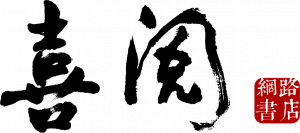

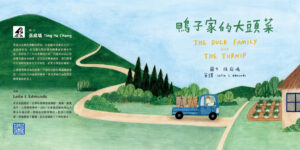
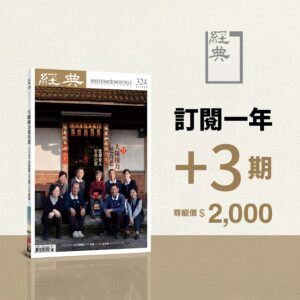
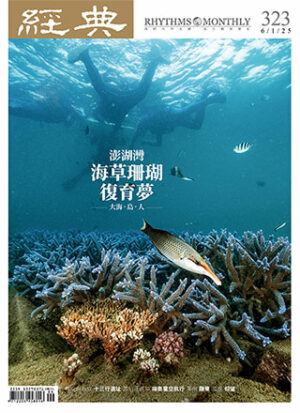
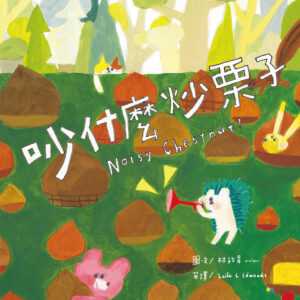
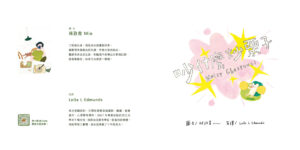
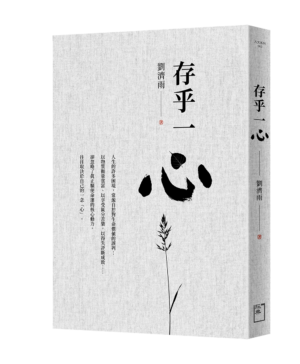
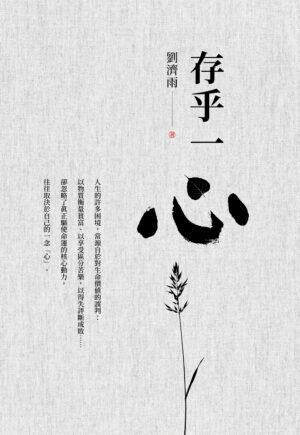
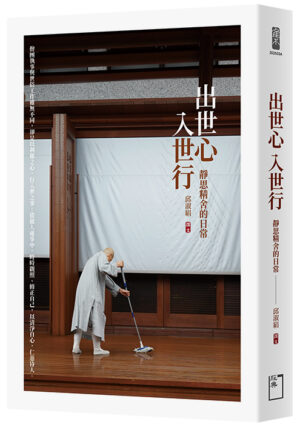

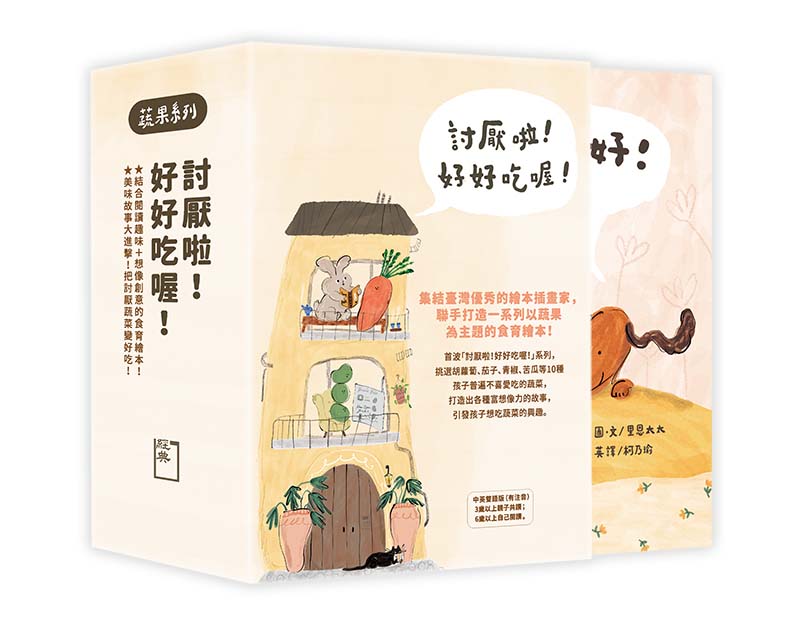
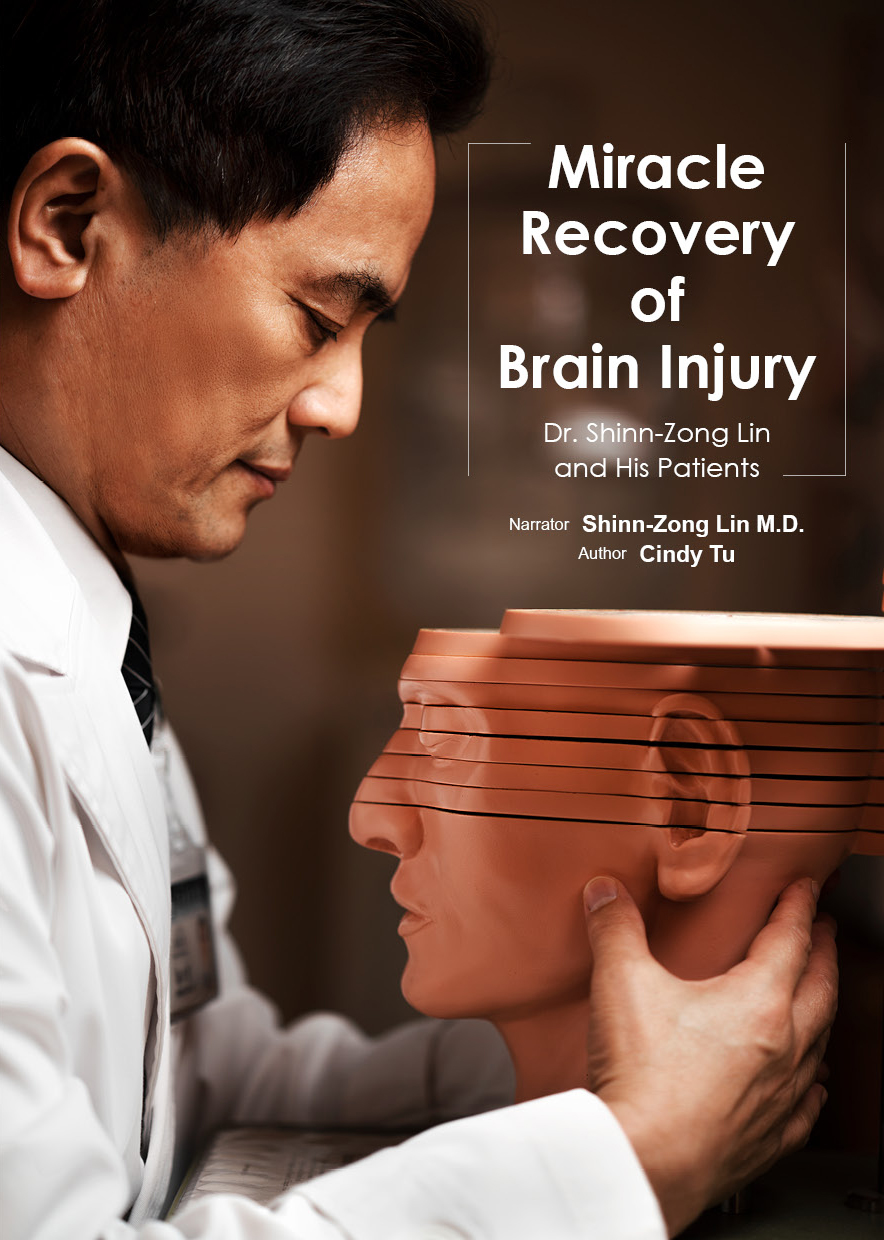
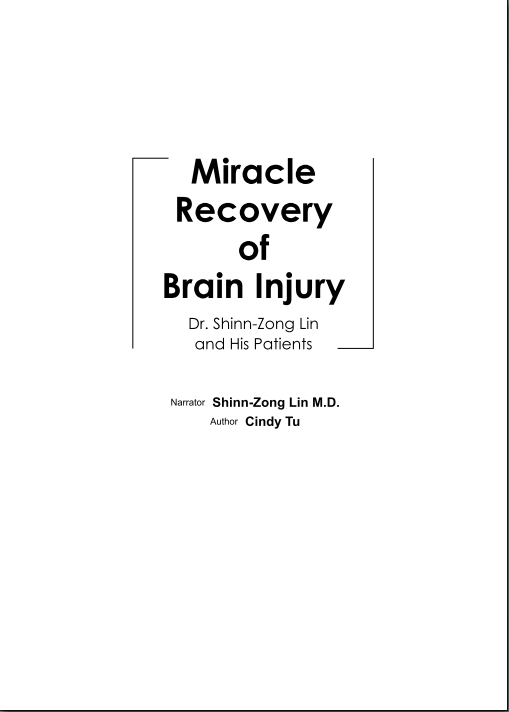
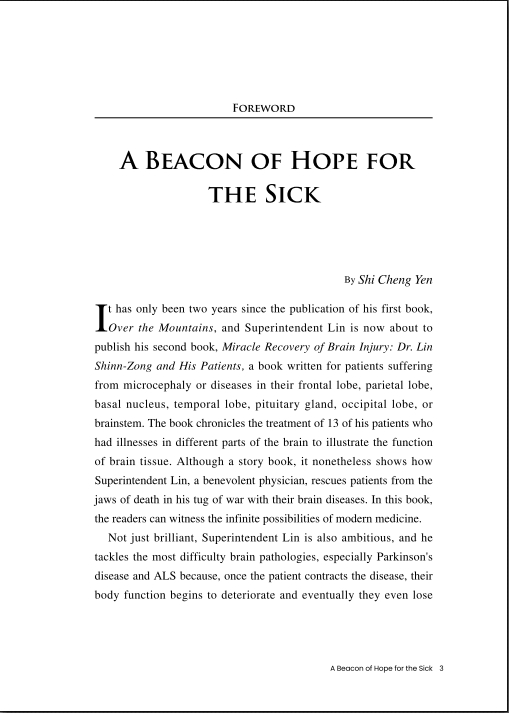
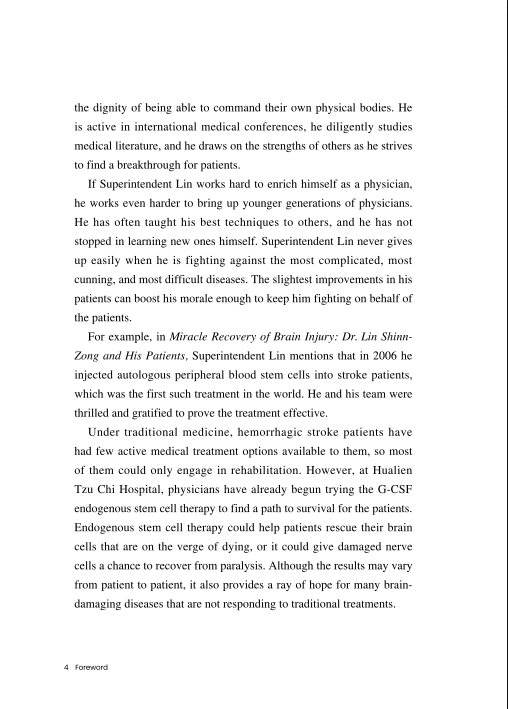
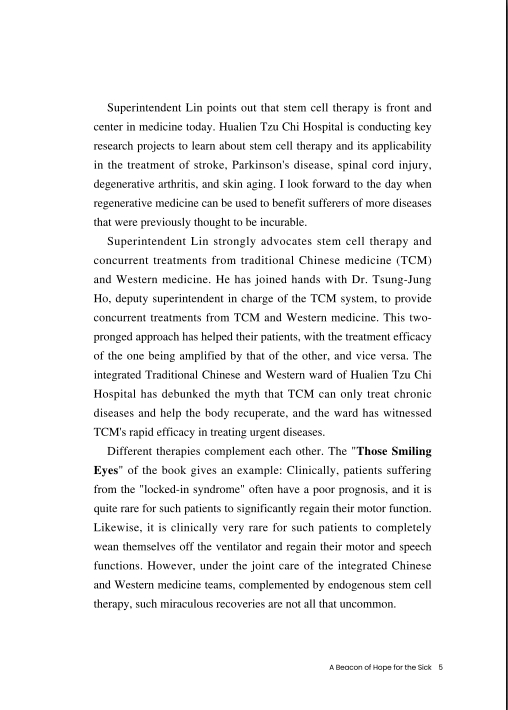
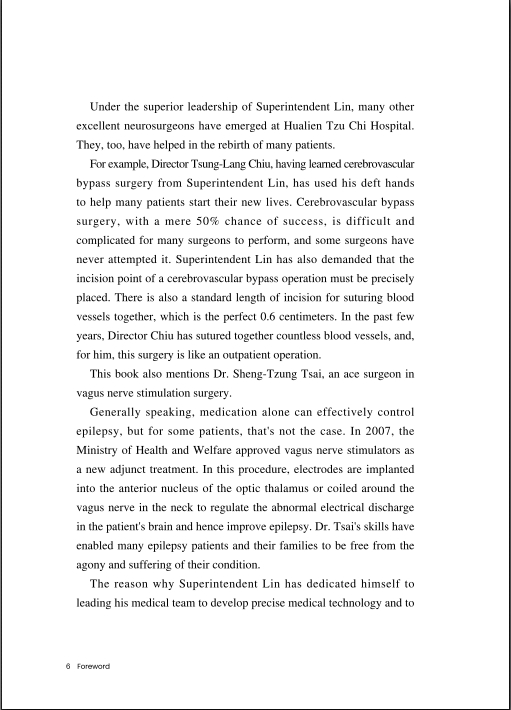
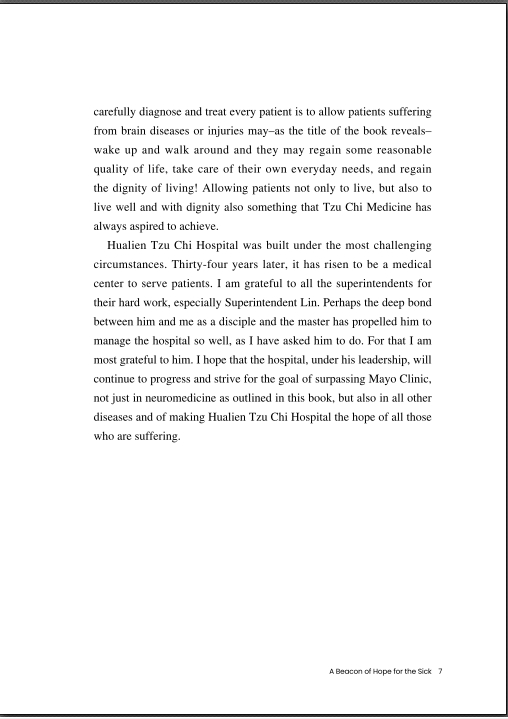
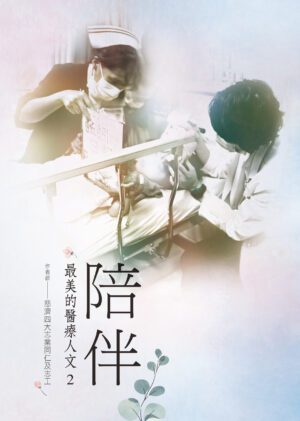
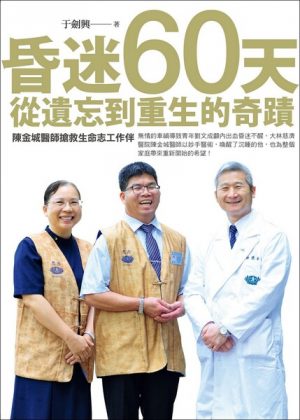


商品評價
目前沒有評價。